Reverse wireless charging hardware found inside new iPhones-or is it something else?
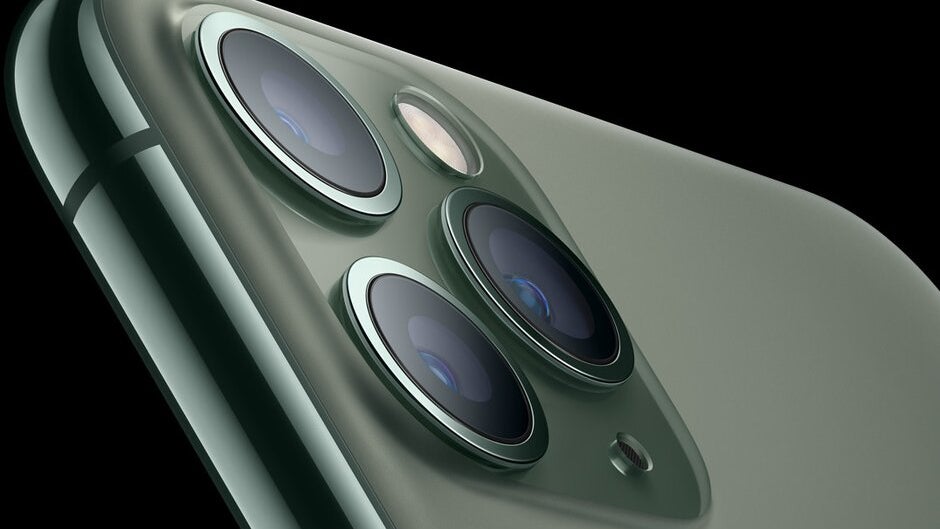
For months we heard the drumbeat over and over in our head; the new 2019 Apple iPhones were going to feature reverse wireless charging. First offered on the Huawei Mate 20 Pro (who said smartphone innovation is dead-it merely moved to China), reverse wireless charging allows phone owners to use the back panel of their handset as a wireless charging pad. Compatible devices can be placed on the back of the phone and have the battery inside it charged up. The battery on the host phone shares some of its power with the device being charged.
Since John Q. Public, Johnny Appleseed or whatever you prefer to call the average American only knows about Huawei from the Wanted posters hanging in their local post office, this feature most likely escaped their notice at first. But Samsung brought reverse wireless charging (or bilateral wireless charging if you prefer) to the states with the Samsung Galaxy S10 line, calling it Wireless PowerShare. And there was every reason to believe that reverse wireless charging was coming to the new iPhones. In fact, back in April reliable Apple analyst Ming-Chi Kuo said that Apple planned on hiking the battery capacities on its 2019 handsets so that iPhone users could spare some extra juice to charge up the AirPods wireless charging case, an Apple Watch or a compatible phone. Kuo was right about the hike in battery capacity, and his report the day before Apple unveiled the new models warned everyone that reverse wireless charging was not going to be available for the 2019 iPhones.
Will Apple enable reverse wireless charging on the new iPhone models?
A couple of days after the iPhone 11, iPhone 11 Pro and iPhone 11 Pro Max were unveiled, tipster Sonny Dickson sent out a very interesting tweet. Reliable sources had told him that the hardware for reverse wireless charging is indeed inside the new handsets but is "software disabled." That created hope among iPhone fans that the feature could be enabled via a software update. And that does seem to be the case following iFixit's teardown of the three phones which revealed that each of the units contain a mystery board under the battery. In addition, there is a secondary battery connector never seen before in any previous iPhone model. It plugs in adjacent to the wireless charging coil. According to iFixit, this hardware could support bilateral wireless charging; if so, it can probably be enabled with a software update.
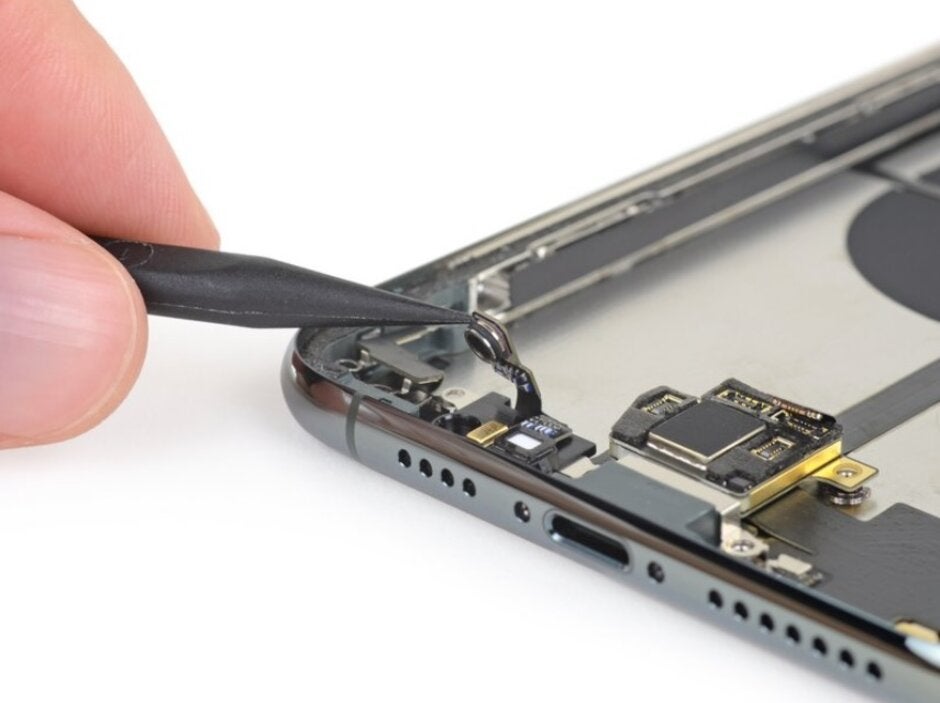
A second battery connector plugged into the reverse wireless charging coil could be part of the hardware used for bilateral wireless charging
It isn't clear how many people actually use the reverse wireless charging feature on their phone. Earlier this year, Samsung surveyed 6,500 Europeans and found that 35% would rather have a fully charged battery on their phone than receive some cash. 72% said that they would share their battery life with a family member, 62% would do so with a friend or partner and only 14% would help out a total stranger. On the other side of the story, 62% said that they would buy a cup of coffee for a stranger in exchange for some of his or her battery life.
It is possible that the mysterious hardware has nothing to do with reverse wireless charging
To be clear, Apple didn't mention reverse wireless charging at all during the new product event held a couple of weeks ago. The company might decide just to let it go so that iPhone users can fully enjoy the enhanced battery life on the new models without feeling like that have to share some of it with others. The iPhone 11 offers up to one additional hour of battery life compared to the iPhone XR; the iPhone 11 Pro will run up to four hours longer on a single charge than the iPhone XS and the iPhone 11 Pro Max battery will last up to five hours longer than the battery on the iPhone XS Max.
There also is the possibility that what iFixit found has nothing to do with reverse wireless charging. Today, Apple posted a new support page that mentions a hardware and software system that manages the battery on the new iPhones. As the battery inside the phones age "performance is managed so that it can address these needs in real-time. The system is more advanced than previous iPhone battery and power management systems and allows your iPhone to reduce performance impacts from battery aging." It could be that what passes as hardware for bilateral wireless charging is in reality part of this battery monitoring system.
Follow us on Google News

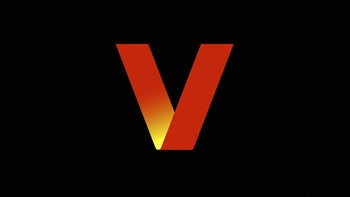


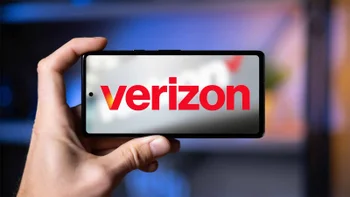
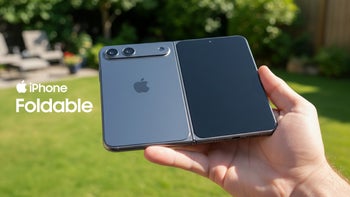
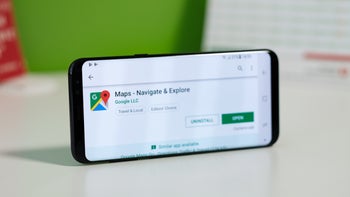
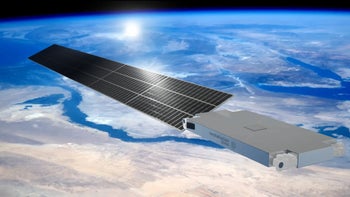
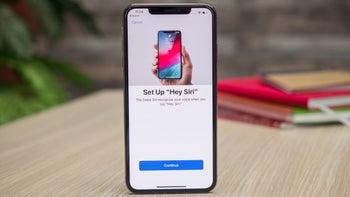
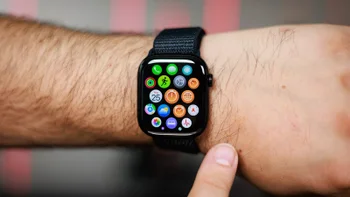
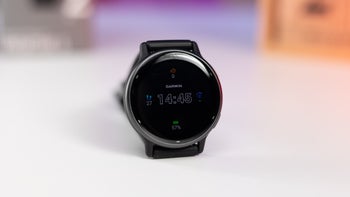
Things that are NOT allowed:
To help keep our community safe and free from spam, we apply temporary limits to newly created accounts: